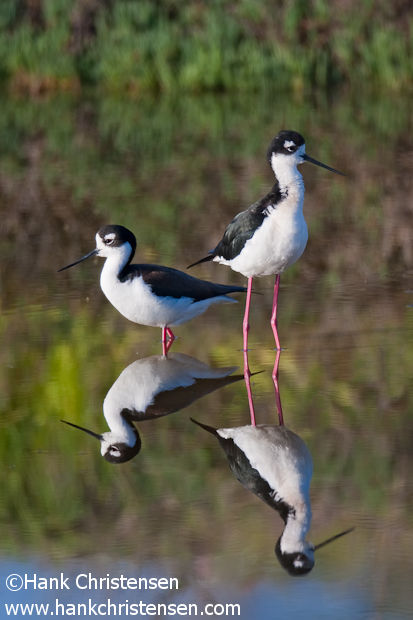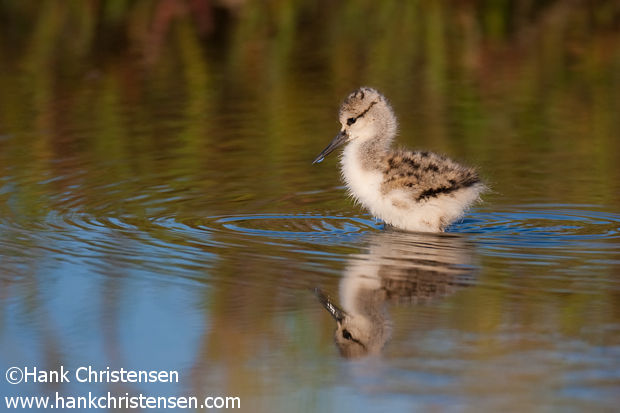
I was fortunate this spring to get out and capture a few different species of new hatch-lings. It was wonderful to watch these brand new birds explore around their nests. The image above is an american avocet chick, while the image below is a black-necked stilt chick. While these chicks look very similar within the first few weeks of their lives, they soon begin to develop characteristics of the very different looking adult species.
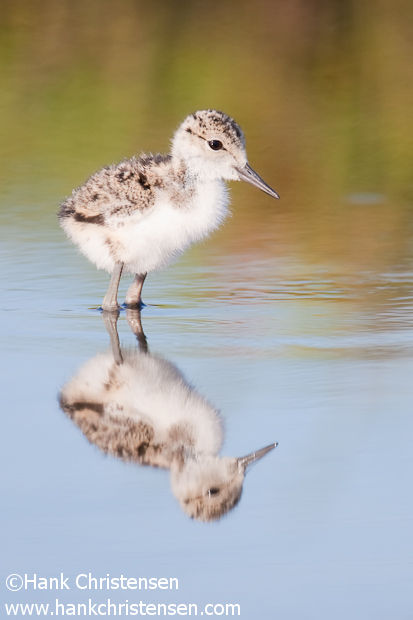
While the avocet and stilt chicks tend to stay very close to water, canada goose chicks spend most of their time on land, feeding off of grass. The gosling below was one of five siblings, all feeding amongst short grass, very close to their parents. If anyone approaches too closely, the geese will corral their chicks and surround them, hissing a warning at the offender (which is why I always stayed a good distance away).
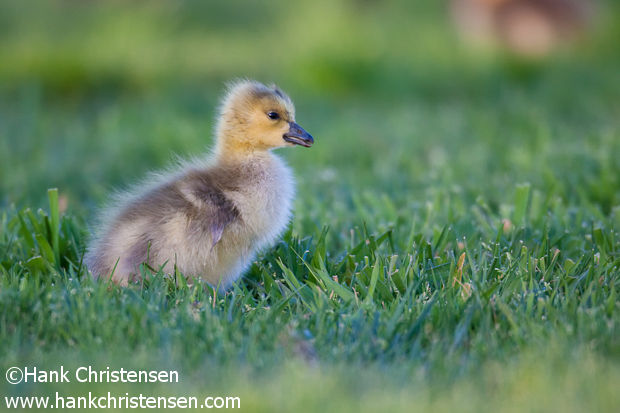
The last species I covered this spring is the ever-present mallard duckling. I followed a family with four chicks for a few days, watching the mother keep her chicks hidden in the tall grass next to a pond, while the father warded off any other water foul that ventured too close. Here is the mother with one of her chicks, just after preening.
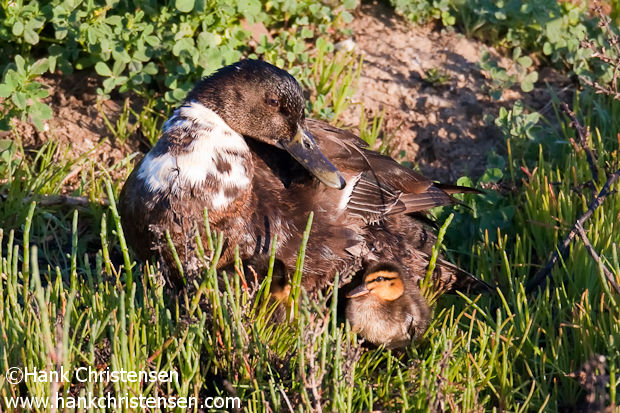
The flash gallery below features more images of these very cute newborns. Please enjoy them, share it with friends, or click through to the spring babies gallery on my photo site. I hope you enjoy watching as much as I enjoyed capturing them.

